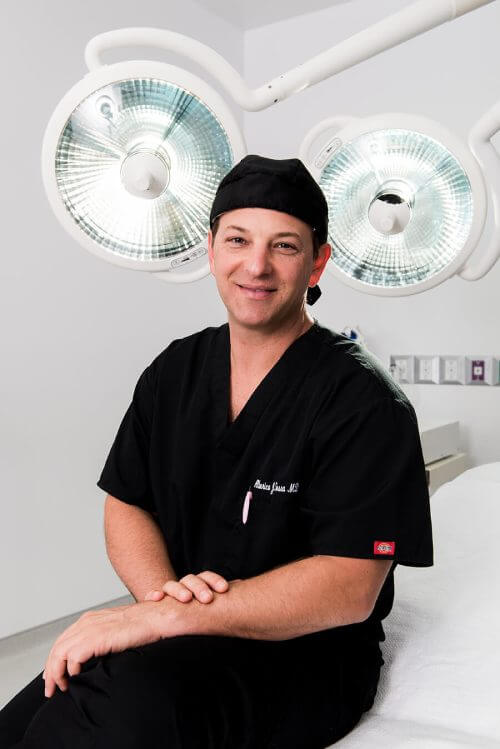Facelift is a process to rejuvenate the skin by reducing the visibility of wrinkles and fine lines.The outcome of the process is clear and smooth skin, which is why it is famous among beauty enthusiasts. However, after the process of facelift, nerve generation is a common experience. Let’s find out more about never regeneration and how long does it take after the facelift procedure.
Understanding Nerve Regeneration
When the face undergoes a procedure like facelift, nerve regeneration happens as a natural response of the body. The body starts to repair naturally damaged nerve cells. The duration of nerve regeneration varies from person to person influenced by many factors such as individual healing capabilities. Typically the nerve loses the sensation and with the help of nerve regeneration the lost sensation is back.
This process involves:
- Formation of a growth cone: The damaged nerve fiber develops a growth cone, which acts as a sensory organ searching for the target tissue.
- Schwann cell support: Schwann cells, which are specialized cells in the peripheral nervous system, produce growth factors that guide the regenerating nerve fibers.
- Re-establishment of connections: The regrowing nerve fibers attempt to reconnect with their original target tissues to restore function.
How Long Does Nerve Regeneration Take After a Facelift?
As mentioned before, the body’s healing ability will decide how long the regeneration will take place. However, in most of the cases, it takes around three to six months pro-ops. This process involves the growth of new nerve fibers to replace damaged ones. Typically, patients begin to notice a gradual return of sensation within a few weeks of surgery. However, complete restoration can take several months. Here is a tentative timeline:
- Initial Numbness: Just after the surgery, it is common to experience numbness on the treated area.
- Partial Sensation: After a few weeks you will start feeling some sensation.
- Full Sensation Return: After three to six months, patients get the full sensation. But, in some cases, it can take up to one year.
Factors Affecting Duration of Nerve Regeneration
Why does nerve regeneration take a difficult time for everyone? Let’s find out the several factors influence the duration of it:
- Nerve Involvement: During the procedure if the minor nerve got disrupted then it will not take much time to heal.
- Individual Healing Capacity: Each body is different and reacts to the process differently. The factors like age, overall health and other habits like smoking or drinking affects nerve regeneration in a big way.
- Post-Procedure Care: If you are following instructions like avoiding excessive facial movement, protecting the incision sites, and attending follow-up appointments given by the doctor then your nerve regeneration might take place faster.
Final Thought
With the facelift, you get the temporary loss of sensation which is treated by the body through nerve regeneration. This natural process helps to repair the damaged cell and forms the connections to bring back the sensation. While different people have a different time of nerve regeneration according to their overall health and healing process. The one factor which is common for everyone is post-procedure care. By following the instructions of the doctor, you can experience the sensation coming back sooner than you think.





